

Research on godwit migration involves tracking or following the flight path of the birds. Scientists like Dr Phil Battley and Dr Jesse Conklin from Massey University do this by putting a tracking ...
READ MORE

What do kiwi, tuatara and many butterflies have in common in New Zealand? They are all native animals that the average person rarely sees in the wild. If you ask most people about butterflies ...
READ MORE
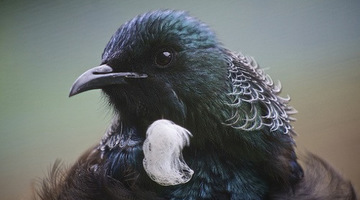
New Zealand is world famous for its unique birdlife. In our resources on conserving our native birds, we look at the issues surrounding the conservation of some of our threatened bird species ...
READ MORE

Pollinators are insects that visit flowers to drink nectar or feed on pollen. During this process, they get covered in pollen grains and then transport the pollen from one plant to another ...
READ MORE
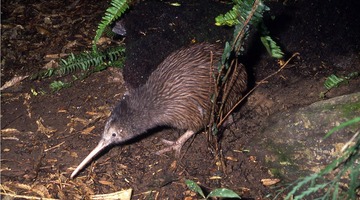
In this activity, students classify the different types of adaptations that New Zealand native birds have. Rights: Image courtesy of Ngā Manu Images Kiwi adaptations Structural adaptations that ...
READ MORE

In this activity, students consider some of the ethical issues involved with keeping earthworms (and other animals) captive in a classroom setting. By the end of this activity, students should be ...
READ MORE

iNaturalist logs hundreds of thousands of photos of flora, fauna and fungi. There are even sound recordings too. Each is described and geo located. iNaturalist is used by citizens and scientists ...
READ MORE
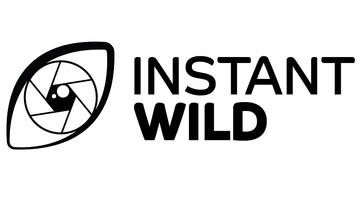
Instant Wild is an initiative by the Zoological Society of London. Photos or videos of animals are recorded using hidden cameras in a range of worldwide locations. The aim is to increase the ...
READ MORE
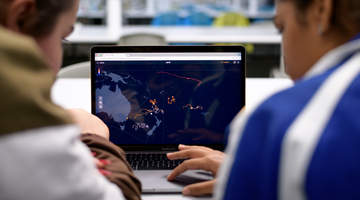
Although invisible to the naked eye, marine microbes drift continually in our ocean systems, quietly consuming up to 50% of the Earth’s CO2 through photosynthesis and producing nearly as much ...
READ MORE
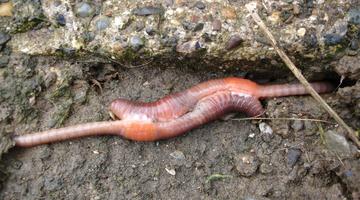
Earthworms are of interest to most children, are easily accessible and are an animal species easily kept in the classroom for short periods of time. This makes them ideal subjects for exploring ...
READ MORE

To most of us, one earthworm resembles another. Although earthworms do have common characteristics, species differ widely in their size, skin colour and in the roles they play in the soil ...
READ MORE

Here are links to Science Learning Hub resources for primary teachers related to life cycles in the Living World strand of the New Zealand Curriculum. Explore the life cycles of birds ...
READ MORE
Dr Phil Battley, from Massey University, discusses how both internal and external satellite transmitters might affect godwits. He shares that internal transmitters worked better than external ...
READ MORE
Dr Phil Battley, from Massey University, explains how birds are kept track of through satellite tagging. He describes and compares two ways of doing this – using backpacks with solar panels and ...
READ MORE
Jesse Conklin, a PhD student at Massey University, describes how geolocators work to keep track of godwits. He explains that they are basically light sensors that record light levels – giving ...
READ MORE

Use this Aotearoa New Zealand native butterflies slideshow to learn more about native butterfly habits and behaviour, then go butterfly hunting! Use the Slideshow menu for further options ...
READ MORE

Exploring moths as ecological indicators of health and connectedness in our natural world. Select here for further information, transcript and copyright.
READ MORE
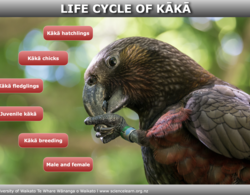
Explore the life cycle of the kākā from egg to adulthood by selecting the labels for further information.
READ MORE